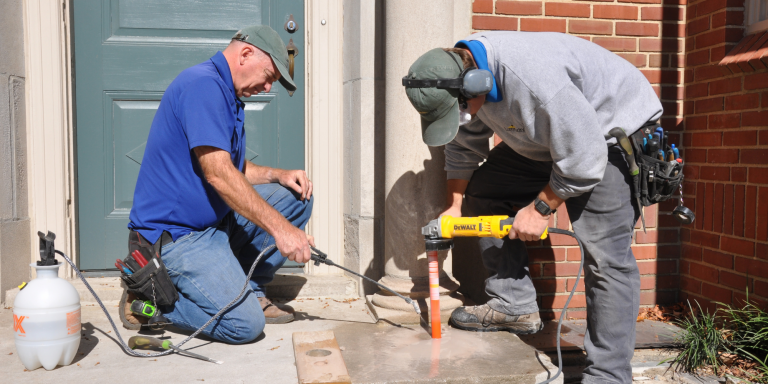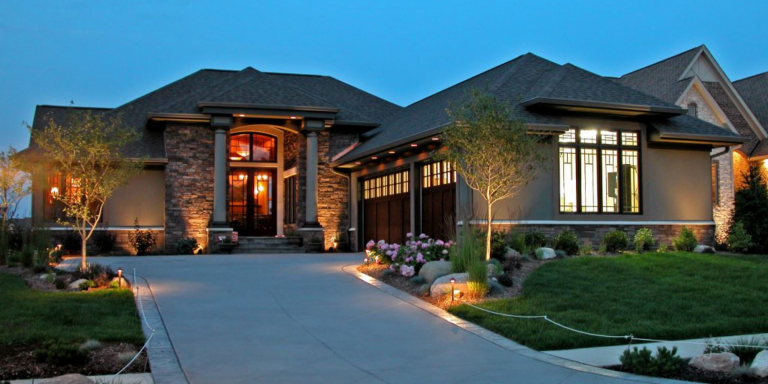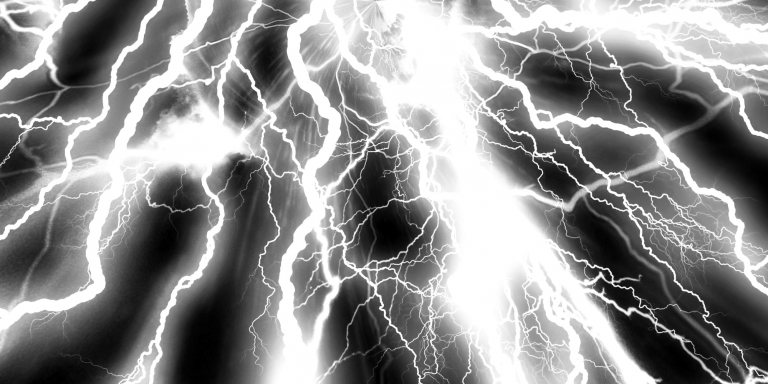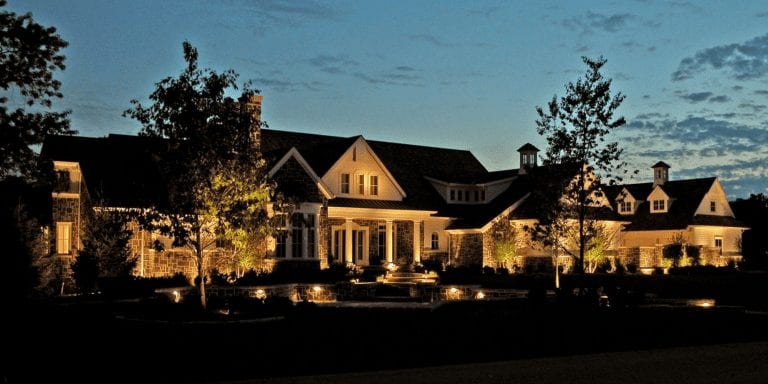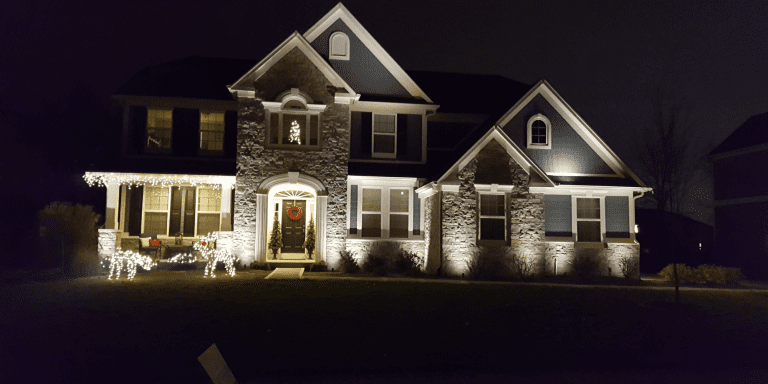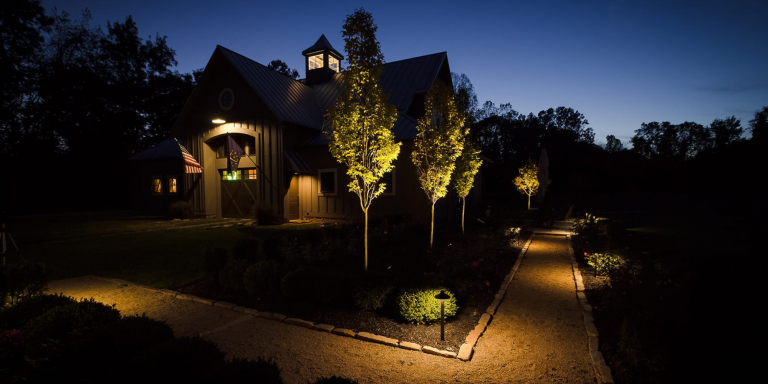
You’ve probably heard many great reasons why you should switch from incandescent lightbulbs to LED lightbulbs (LED stands for Light Emitting Diodes). Compared with incandescent lights, LED lightbulbs have a longer lifespan, convert electricity into light more efficiently, and offer significant savings in energy costs.
However, here at Luminocity, we believe that there are some equally valid and often overlooked reasons why you should consider keeping your incandescent lights. Read through, and share your thoughts in the comments!
1. Some of our customers like the cozy wintertime look of melted snow surrounding their outdoor lighting.
Incandescent lights release 90% of energy consumed into the surrounding air as heat, melting the snow around them in a picturesque circle. (In comparison, LED lights release only 5% of energy consumed as heat.) If you like the look of melted snow surrounding your outdoor lights, then you should definitely avoid LED lights.
2. You probably enjoy interacting with Luminocity’s friendly and well-trained staff when they visit your house to replace burned-out incandescent lightbulbs.
If this is the case, you may not want to switch to LED lights. Incandescent light bulbs last an average of two years, while some LEDs can last for two decades. If you choose to switch to a LED lighting system, then you should be aware that you may subsequently interact with our excellent staff less frequently.
3. It can be nice to receive a clear signal of when it is time to change your lightbulbs.
Incandescent lightbulbs often burn out abruptly and so it is very easy to know when they need to be changed. LED lights, on the other hand, tend to gradually decline in brightness over a long period of time, so it can be more difficult to know when it is time to change them. In fact, Energy Star reports that the lifespan of LED light bulbs is measured not by when they burn out (as with standard incandescent bulbs), but by a prediction of when the light output will decrease by 30%. If you appreciate the abrupt burnouts that incandescent lights offer, you definitely want to steer clear of LED lights.
4. If you are a budding naturalist and love watching your neighborhood insects congregate around your backyard lights, then you should definitely keep your incandescent lights.
A recent study in Science magazine reported that incandescent bulbs attract around eight insects per hour, while warm-colored LEDs attract around 4.5 insects per hour. Incandescent lights are the way to go if you want to attract local insects!
All of Luminocity’s new installations use LED lights. However, Luminocity still regularly services many older quartz-halogen lighting systems. Contact us today to have our lighting professionals visit your house and give you an estimate.

